The Hurtigruten Coastal Express
- dougsmith51
- May 17
- 9 min read
As we've noted in other blog posts, almost every one of our trips starts with a core idea, and then we expand, adding other locations before and/or after. For our current Scandinavian trip, the core idea was a ferry voyage up and down the Norwegian coast. Here's how that came about: On our 2023 cruise to the Falkland Islands, South Georgia, and Antarctica, we traveled with Hurtigruten Expeditions on the MS Fram.

On that trip we learned Hurtigruten had gotten its start in 1893, offering postal and cargo delivery services to many of the cities and towns along the Norwegian coast. One of the company's divisions still focuses on Norwegian and northern Arctic travel, while the other offers expedition cruises around the world (like our Antarctic trip).
Some of our fellow passengers on the Fram had traveled Hurtigruten's historic Coastal Express route and highly recommended it. The route starts in Bergen, Norway on the Atlantic coast, and visits 34 ports on the way up, ending in Kirkenes, just a few miles from the Russian border (Norway's top wraps around the tops of Sweden and Finland). Half of the route is above the Arctic Circle, as you can see in the map below. One of the reasons we picked this time of year to go was so we could experience springtime in the lower ports and twinter in the upper ones.

Some people do the trip one way, either from south to north or vice versa. You can also take the trip both ways, six days up, and six days back down. We opted for the round trip. Due to timing, the daytime ports are often different on the way up than they are on the way down, so there is a lot of variety. The port visits range from 15 minutes to four hours. We were reminded multiple times that this is a working route, as Hurtigruten would drop off and pick up packages, cargo, and even people's cars (this is a ferry, after all) at each port. Some people get on at one port and off at another. Even we broke up our voyage by getting off at Tromsø and flying to Svalbard, returning to Tromsø to pick up the coastal route on a different ship.
Hurtigruten typically has four or five ferries plying the route this time of year, and we would often greet a ferry going the other way.
The route is similar to Alaska's Inside Passage, because Norway has a number of offshore islands and the ferry route often goes between those islands and the mainland. There were some sections of open sea, and we had some pitching and rolling during those periods, especially in the far north.
When we crossed the Arctic Circle going north, we were visited by the sea god Njord, who demanded sacrifices for the promise of better weather farther north.
All along the voyage, the coastal scenery was jaw-droppingly gorgeous. We could share, literally, hundreds of coastline photos, but we're including just a few, sprinkled throughout the blog post.
The timelapse video below captures an hour of travel south through the mountain-studded coastal landscape. Toward the end of the video, you can see a Hurtigruten ferry heading north.
The company has been sailing this coastal route for 132 years - so long that most Norwegians say they are "taking the Hurtigruten" rather than "taking the ferry."

We traveled on two different ferries. We were on the MS Richard With (pronounced RIK-ard Vit), named after Hurtigruten's founder, from Bergen to Tromsø. It was a fairly modern vessel with diesel hybrid engines.

We were supposed to travel on the MS Nordlys for the remainder of our voyage, but it was still stuck in dry dock for upgrades and hybridization. We got a notice about two weeks before we left America that we would travel on a different ship, the MS Vesterålen. The Vesterålen is the oldest ship in the Coastal Express fleet, built in the mid-80s. We'd been told ahead of time that the ship had a lot of charm, and we found that to be true.


On the With, the largest contingent of travelers were German, and there were also Norwegians, Brits, and French. We met only a couple other Americans. There were many ages represented, and this changed daily as people got on and off the ship.
On the Vesterålen, there were mostly Norwegians, some Germans, a few Brits and Australians, a smattering of people from elsewhere, and one other American couple. A number of people were in groups traveling together, and the Vesterålen crowd trended older (average age 70s-80s).

Each ship had about 200-250 passengers during our travels, probably 50-60% of capacity. Announcements were always made in three languages: Norwegian, English, and German.



On the ship, breakfast and lunch were served buffet-style, while dinner was usually plated and served to us. Hurtigruten likes to source its food locally (they call it Coastal Kitchen dining), and each dinner had a theme reflecting the area of the country we were visiting that day.
There is another Norwegian line, Havila, that also operates a coastal cruise, and we would see their ships from time-to-time.
We did not notice any ships from Lindblad/National Geographic. We did see, however, that Viking seems to operate here.

At ports with longer stops, we would often get off the ship and explore the town or city on foot.

In addition to the ability to get out and stretch your legs at ports (especially the ones where you spend a few hours), Hurtigruten offers optional paid excursions, at least one per day, and we took advantage of some of these. For some of the longer excursions, we departed the ship at one port and re-boarded at another.
We signed up for an e-bike ride when we made a stop in the Norangsfjorden. The Richard With anchored and a small tender took us ashore. We rode several miles up the valley at the end of the fjord.
Near Bodø, we rode an inflatable rubber boat to see the Saltstraumen, an area where whirlpools form in a narrow sea channel when the tides change. We wore exposure suits to guard against the wind and the spray. During the trip, we saw a number of sea eagles flying. They are larger than American Bald Eagles; unfortunately, we weren't able to grab a picture of them. The area's geology was also very interesting, including folded landscapes ground smooth during the last ice age.
As noted before, we departed the Richard With in Tromsø. Since we weren't leaving for Svalbard until the next day, we took a municipal bus ride around the city to see the sights. We got off to visit the very modern Arctic Cathedral.
We also visited the Tromsø public library, which had a fantastic view from the reading room, and walked past "the world's smallest bar."
We took a day trip to the North Cape, the northernmost point of the European continent. There's a large globe marking the spot so you can satisify your Instagram urge. Nearby was a visitor center (mostly underground) with interesting exhibits and a movie about the area's history and the climate during the four seasons.
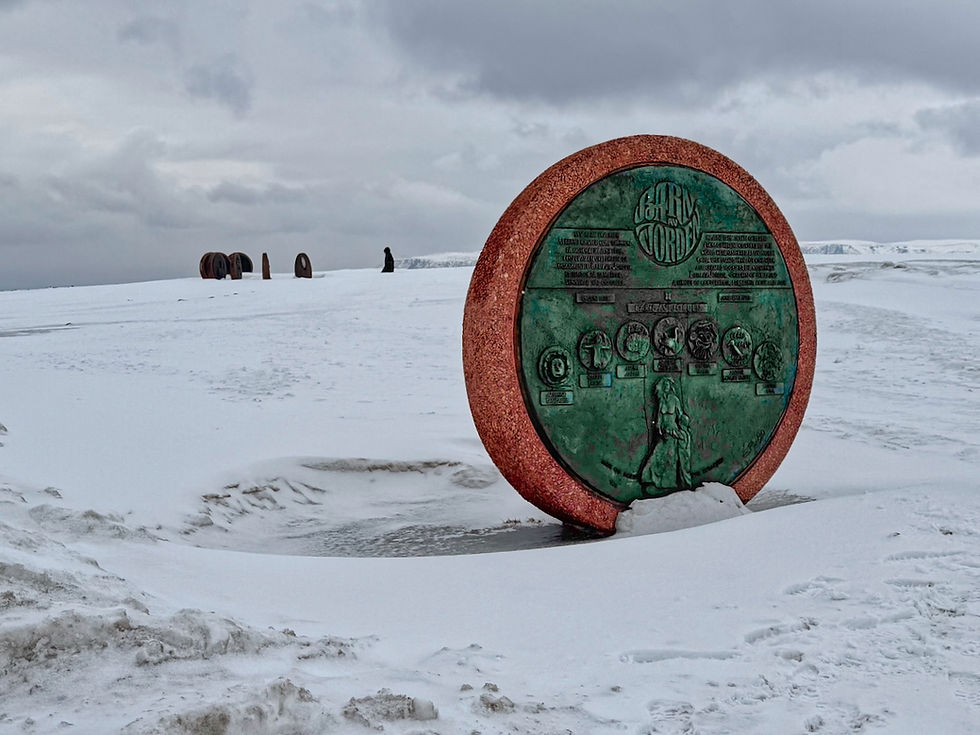
In Kirkenes, the northern terminus of the Coastal Express route, we signed up to go dog-sledding - a new experience for us. We did not drive the dogs ourselves, but rather sat on the sled while a professional musher drove us around.
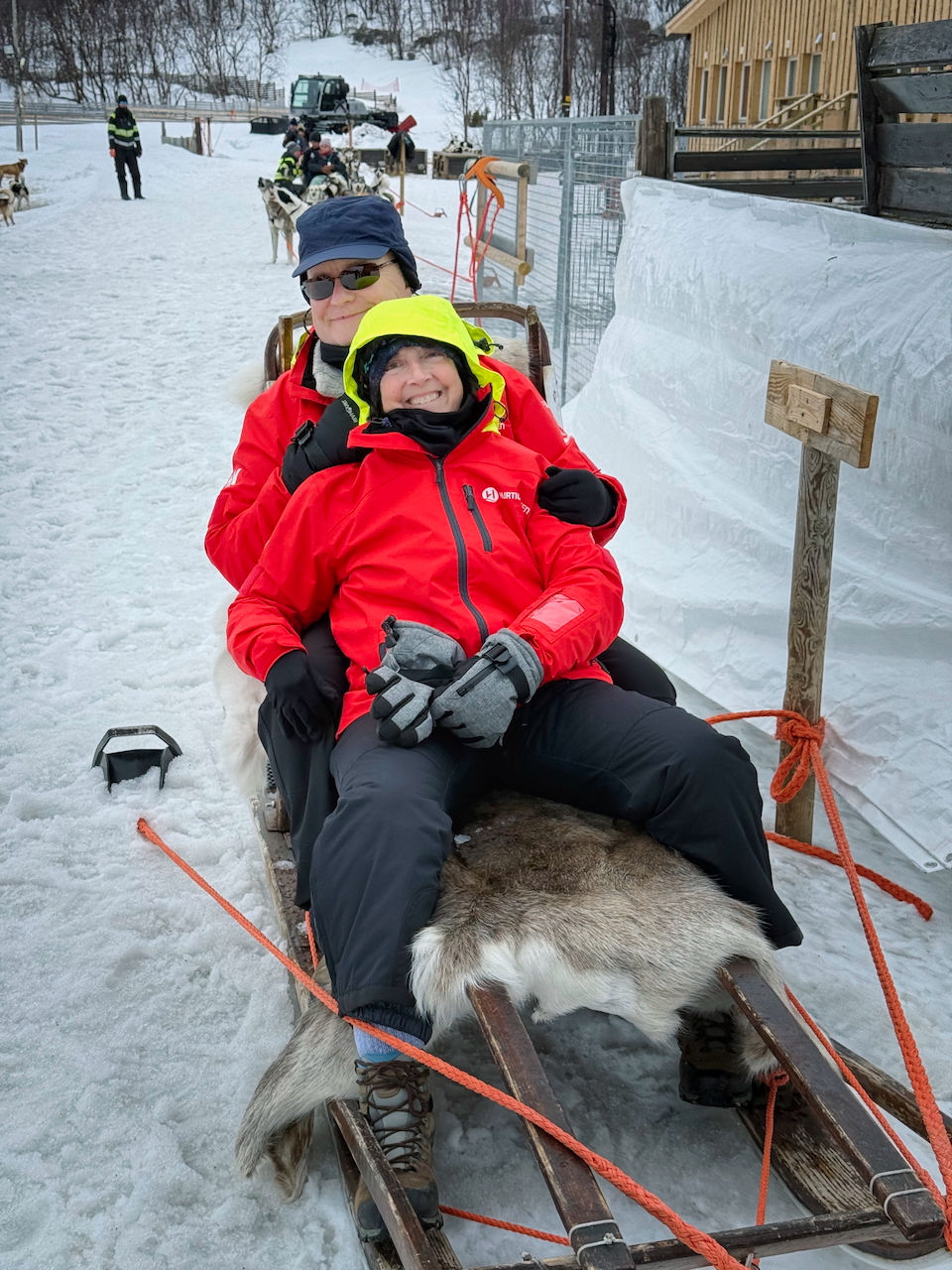
Afterward we thanked the dogs for their service, and got to visit with a large litter of husky puppies that were about two months old.

At the same location, we visited with some captive reindeer (neutered males who were starting to re-grow their antlers). Their main food source is lichen, since grass and other plant life is scarce above the Arctic circle during the long winters.
We also visited the Snowhotel which is, as it sounds, built from snow and ice and where you can stay overnight.
Some rooms are themed with Disney characters and others have more traditional Norwegian designs. If you decide to stay in the hotel, you sleep in a military-grade sleeping bag, on top of a reindeer skin, on top of the ice sculpture that makes up the bed.
During our southbound journey, we stopped for a short-time in Tromsø and attended a midnight concert of traditional Norwegian music at the city's wooden cathedral. The sun had set at 10:54 pm, but the sky was still light when we talked back to the ship at 1:15 am.
During a short stop in Stokmarknes, we visited the Hurtigruten Museum with exhibits about the company's founding and history. One of their former ferries, the MS Finnmarken, is on display in a large building, and you can see what ferry travel was like 75 years ago.
We took a bus trip from Svolvær to Stamsund for a visit to the Lofoten Islands, a peninsula that juts out from the coast and is an area of craggy mountains and small fishing villages. It was fairly foggy, but we could tell that the scenery would be spectacular in nice weather.
Along the way, we stopped in the pretty fishing village of Henningsvær and visited an art gallery there. We decided that, if we ever return to Norway, spending some time in the Lofoten Islands will be a must.
The next morning, we passed south back over the Arctic Circle - no ice dunking this time.

We stopped at the port of Brønnøysund, which is situated at the exact north-south midpoint of Norway.
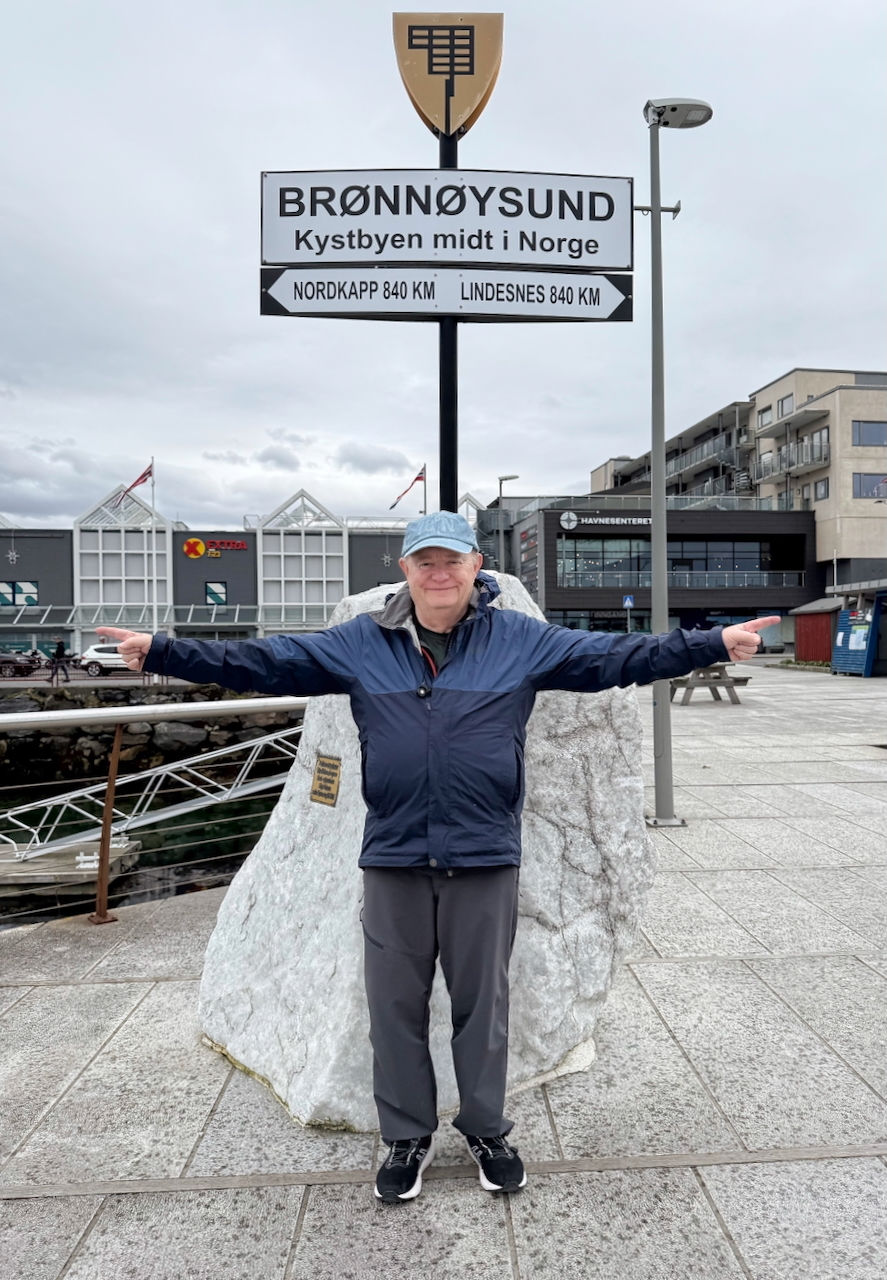
Nearby is the mountain island of Torghatten, with a hole in the middle, formed during the ice age.

Spring returned as we moved south, and people took advantage of the warmth to sun themselves on the ship's fantail.

On the day before our cruise ended, we took another bus trip called The Atlantic Road, which started in the town of Kristiansund and ended in Molde. We first stopped at a large wooden stave church built in 1633 and now run by the Norwegian Trust. It is right next to its replacement, a white church built in the 1800s. Because the winds on the hilltop can blow quite strongly, wooden poles brace the stave church's walls, like ancient flying buttresses. Ship models hang in both churches to help protect the local fishing fleets.
We then stopped at a restaurant for a dinner of fish stew made with klippfisk, which is cod that is cleaned, then dried and salted. Fish preserved this way can last for years. A few days before it's needed, the salt is washed off and the fish is soaked in water to reconstitute. The klippfisk stew, in a tomato base, was quite delicious.

We then traveled onto The Atlantic Road, completed in 1989, a dramatic highway route several miles long that crosses a series of small islands. A portion of the road was featured during a chase scene in the James Bond movie No Time to Die.

We arrived in Molde, a town with a beautiful view of mountains, just as the Vesterålen was coming into port to pick us up.

The sun set as we cruised between islands and the mainland.

We arrived back in Bergen on Monday, May 12 and departed the Versterålen mid-afternoon. We'd arranged a two-night hotel stay so we could spend some time touring the city.
Since it was a rare sunny day in Bergen (which is the rainiest city in Norway), we decided to experience the No. 1 attraction in Bergen: a funicular ride up to Mount Floyen.
The view of the city from the top is spectacular!

Rather than funicular-ing, we hiked the 3 km path back down to the harbor.
Unfortunately, many of the city's museums are closed on Mondays and Tuesdays, so we spent Tuesday wandering the city. First we walked a few blocks from our hotel to a park with a lake - the tulips were in full bloom.

Nearby was an electronic sculpture that shows, in real time, the yearly rainfall-to-date and how it compares to 2015, Bergen's rainiest year on record.

We then walked over to the historic Bryggen wharf area with its colorful buildings (now almost exclusively souvenir shops and restaurants).
At the nearby military fort, some school-age cadets from a military-like brigade were performing formations. Norway’s independence day is May 17, and we thought there might be an association.

A senior-looking naval officer inspected the troops, assisted by Bergen's mayor wearing her chain of office and some blinged-out sneakers.


We had dinner outdoors at Bergen's famous fish market, right next to the harbor. We ordered King crab and whale steaks.
In the evening, we went to a free concert performed by the choir of Minnesota's Concordia College, which was touring Sweden and Norway.

On Wednesday, May 14, we traveled by tram to the Bergen airport and boarded our flight to Copenhagen, Denmark. More about our time there in our next blog post.







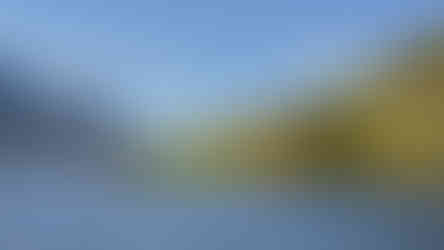

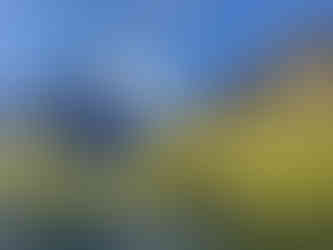

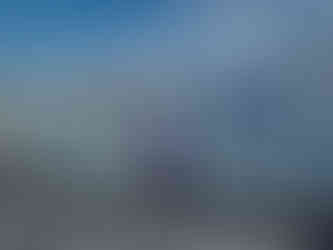



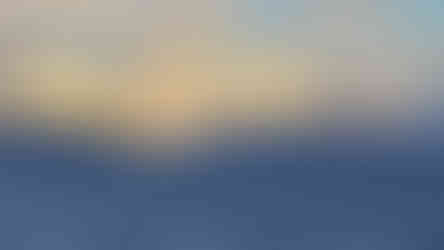





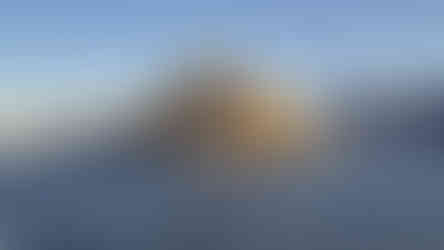

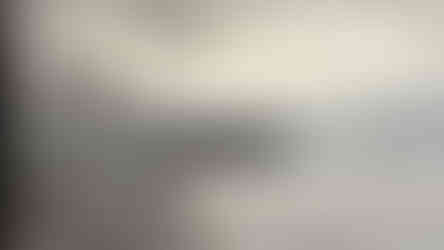









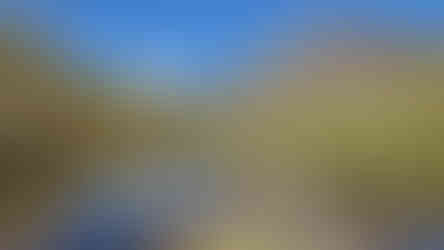

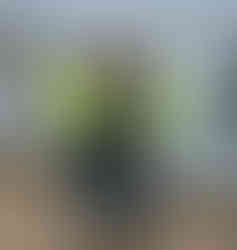



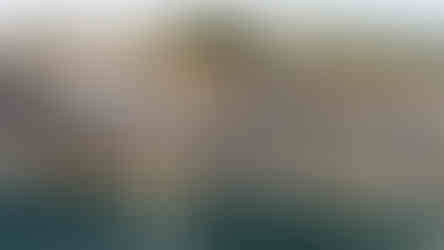

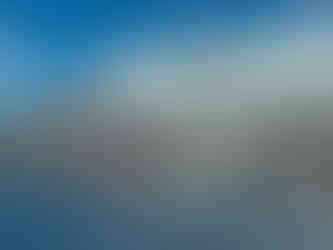






















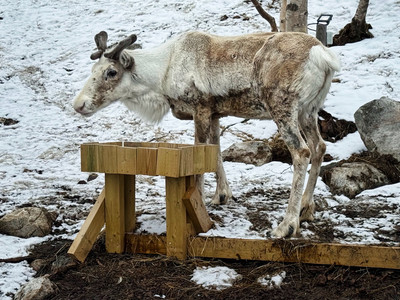




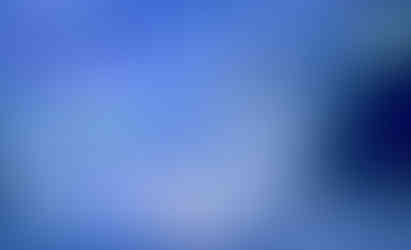







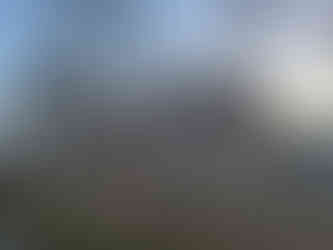


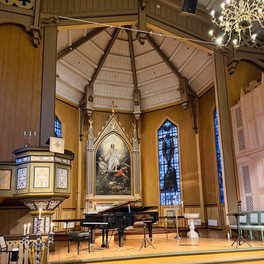


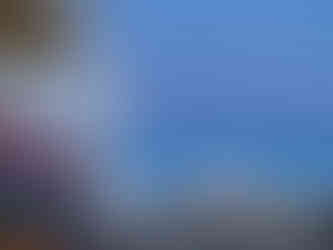









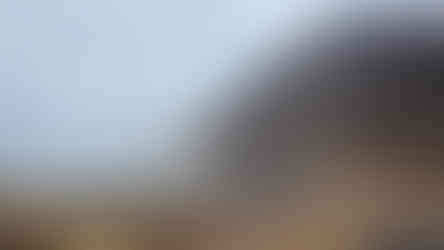













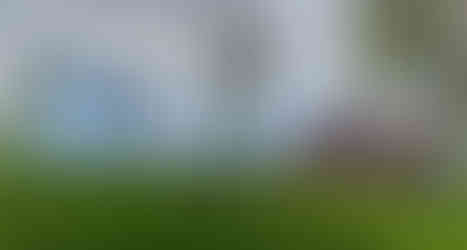









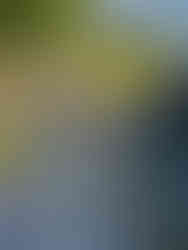

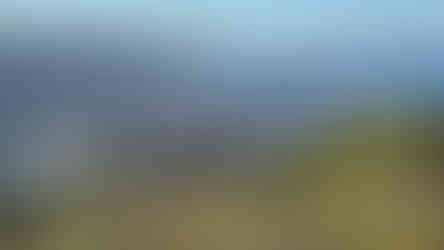



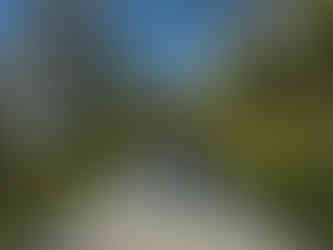





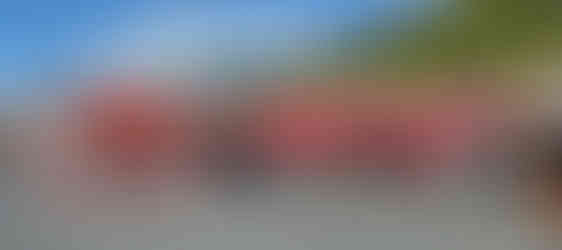

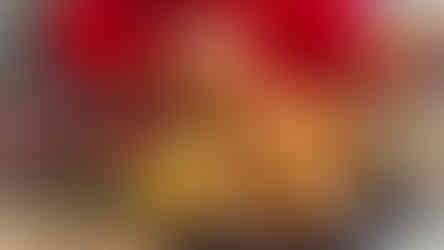


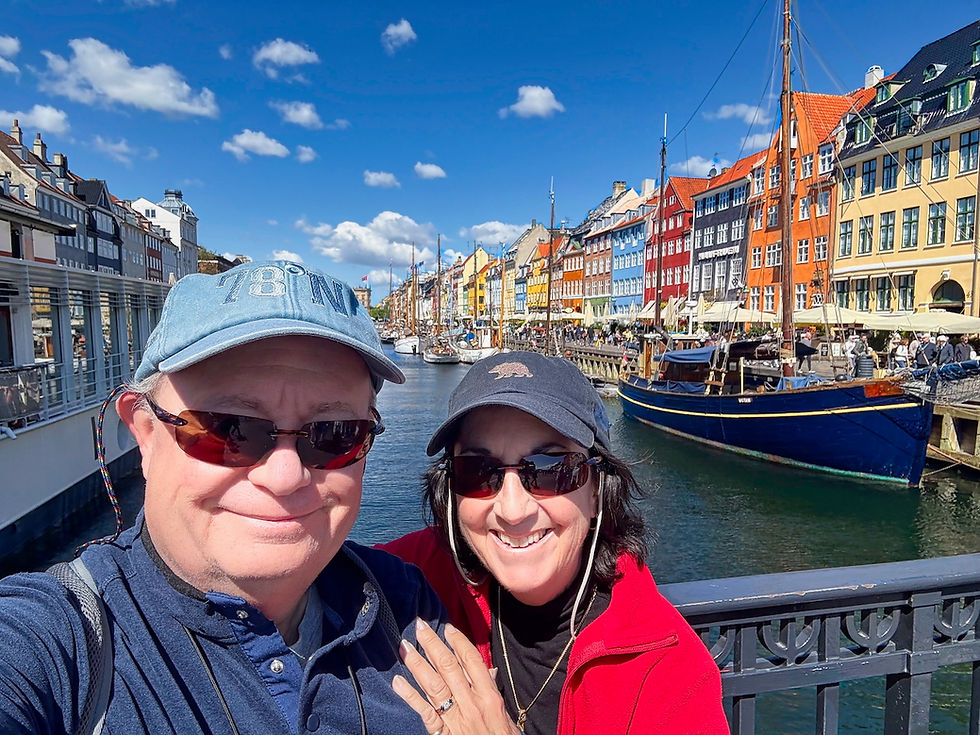

Comments